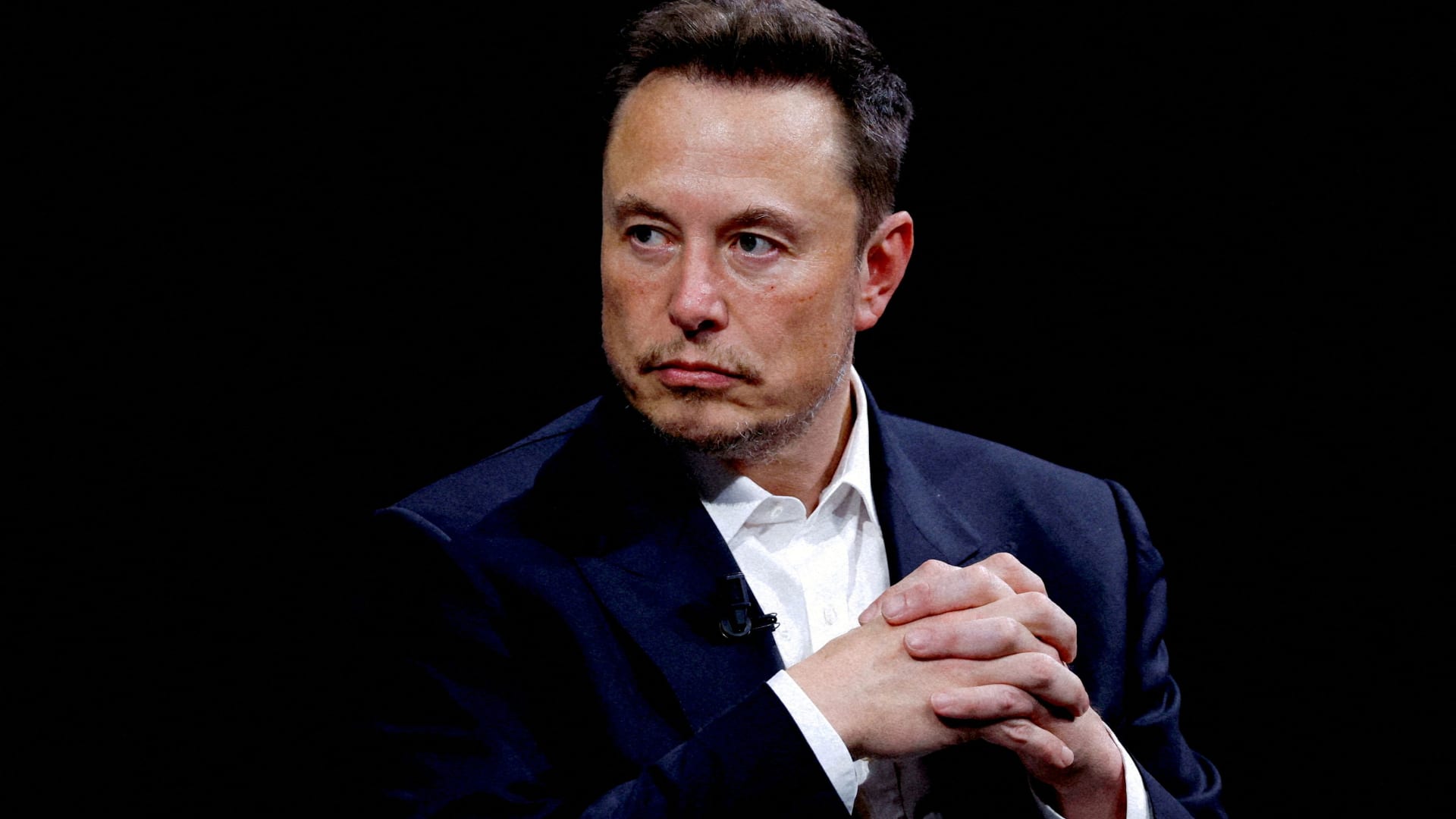Tesla will reveal its robotaxi product on Aug. 8, CEO Elon Musk said in a social media post on X.
Musk has spoken about the robotaxi project for years, and it could represent a major new business for the carmaker as investors grow wary of the company during a period of slowing growth.
Tesla shares rose over 3% in extended trading after Musk’s tweet.
Musk shared the reveal date on Friday after Reuters reported that plans for Tesla’s highly anticipated low-cost car model had been scrapped. Musk accused Reuters of “lying.”
In 2015, Elon Musk told shareholders that Tesla’s cars would achieve “full autonomy” within three years. In 2016, he said Tesla would able to send one of its cars on a cross-country drive without requiring any human intervention by the end of the following year.
Tesla still has yet to deliver a robotaxi, autonomous vehicle or technology that can turn its cars into “level 3” automated vehicles. However, Tesla offers advanced driver assistance systems (ADAS), including a standard Autopilot option or premium Full Self-Driving “FSD” option, the latter of which costs $199 per month for U.S. subscribers or $12,000 upfront.
In a push for end-of-quarter sales, Musk recently mandated that all sales and service staff install and demo FSD for customers before handing over the keys. He wrote in an email to employees, “Almost no one actually realizes how well (supervised) FSD actually works. I know this will slow down the delivery process, but it is nonetheless a hard requirement.”
Despite its name, Tesla’s premium option requires a human driver at the wheel, ready to steer or brake at any moment.
Alphabet’s autonomous vehicle unit Waymo operates commercial, driverless ride-hailing services in Phoenix, San Francisco and Los Angeles, and is ramping up in Tesla’s home base of Austin, Texas. Waymo also recently struck a multi-year partnership with Uber and will put its robotaxis to use delivering food for Uber Eats in Arizona. In China, Didi’s autonomous unit operates commercially in markets including Guangzhou. Companies including Wayve in the U.K. and Zoox in the U.S. continue testing their robotaxis.
Some companies have had a tough time in the crowded market.
On Friday, Apple shuttered its self-driving unit and laid off about 600 people on Friday who had been associated with the project. GM’s Cruise service previously offered self-driving car services in San Francisco before being wound down under regulatory scrutiny after an accident. Since the incident, Cruise’s robotaxi fleet has been grounded, local and federal governments have launched their own investigations and Cruise leadership has been gutted.
At Tesla, “unveil” dates do not predict a near-future date for a commercial release of a new product. For example, Tesla unveiled its fully electric heavy-duty truck, the Semi, in 2017 and did not begin deliveries until December 2022.
– CNBC’s Kif Leswing contributed reporting.

